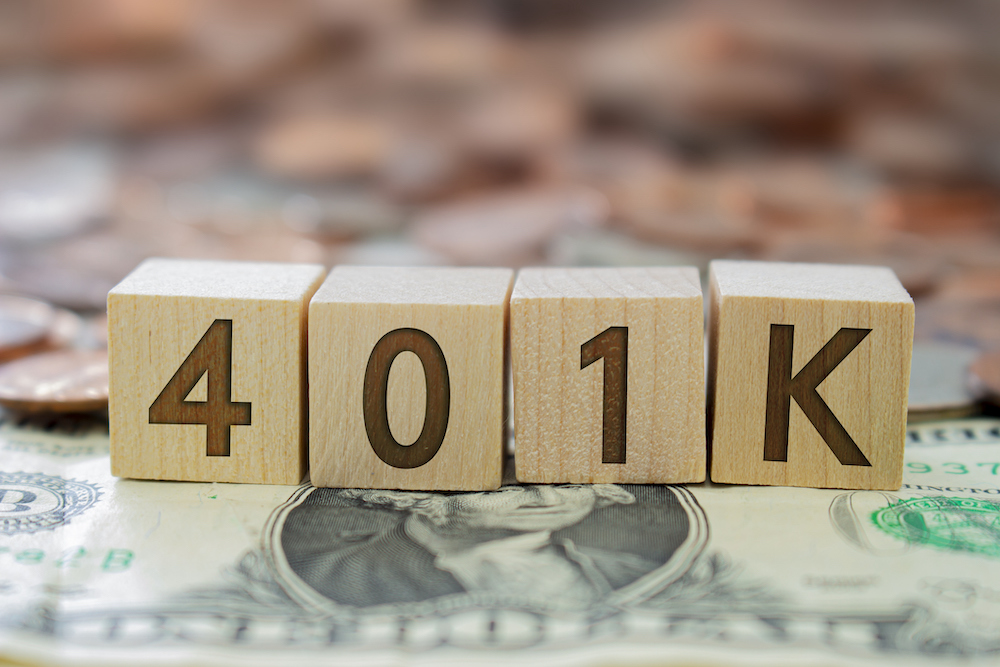The federal funds rate is a topic that is frequently brought up whenever interest rates are rising or dropping.
See Also: Low-interest Rates: Challenges & Opportunities
This is the rate at which banks lend money to one another. It is used as a gauge to determine whether an interest rate is rising or lowering. Because it is subject to daily change and has an impact on all other loan rates.
Both recessions and inflation may be impacted by these developments. The term “inflation” describes the gradual increase in the cost of goods and services. Although it is the outcome of a robust and thriving economy, unregulated inflation can cause a considerable loss in purchasing power.
The Fed monitors inflation indicators including the Consumer Price Index (CPI) and the Producer Price Index to help keep inflation under control (PPI). The Federal Reserve will increase the federal funds rate to rein in the increasing prices. People will eventually start cutting back on their spending since increased interest rates result in greater borrowing costs. Then, when the demand for goods and services declines, so does inflation.
How the U.S. Stock and Bond Markets are Affected by Interest Rates
Stocks
The cost for businesses to raise capital increases when the interest rate rises. For instance, they will be required to pay higher interest rates on the bonds they issue. Making capital raising more expensive can hinder future growth potential and short-term earnings. As rates rise, the outcome might be an adjustment of profit estimates going forward. However, some industries could profit from an increase in interest rates. The banking sector is one that typically reaps the most benefits. Because they may charge more for lending, banks, brokerages, mortgage lenders, and insurance providers frequently see increases in profits as interest rates rise.
Bonds
Bond prices are also impacted by interest rates. Bond prices and interest rates have an inverse connection. This means that as interest rates rise, bond prices fall, and as interest rates decline, bond prices rise.
What impact do rising interest rates have on the economy?
In addition to slowing company expansion and reducing consumer spending, higher interest rates also have an impact on the value of a nation’s currency and the functioning of financial markets.
When inflation rises too much, a central bank would normally raise interest rates. This makes it more expensive for commercial banks to borrow money from it. Commercial banks will then pass this additional expense along to customers and enterprises, raising the cost of borrowing for both groups. This higher cost of credit may cause consumers to feel less confident. This will result in less expenditure on products and services. This can gradually reduce inflation, although certain businesses may experience increasing pressure due to a drop in turnover.
Another factor that influences currency value is interest rates. In general, a nation’s currency will strengthen when its official interest rate is increased. This is so that international savers who reside in nations with lower rates of return can invest when interest rates are higher. As a result, there is a rise in both the value and demand for that specific currency. However, factors other than interest rates will still have a bigger impact on a currency’s value, such as political and economic stability.
Investors may also react to changes in the rising interest rate by reducing their borrowing and spending, which will have a negative impact on the economy as a whole. Although some businesses will anticipate that revenues and profits would increase in tandem with interest rates, for the majority of businesses, these factors will have a negative effect on future profitability.



















